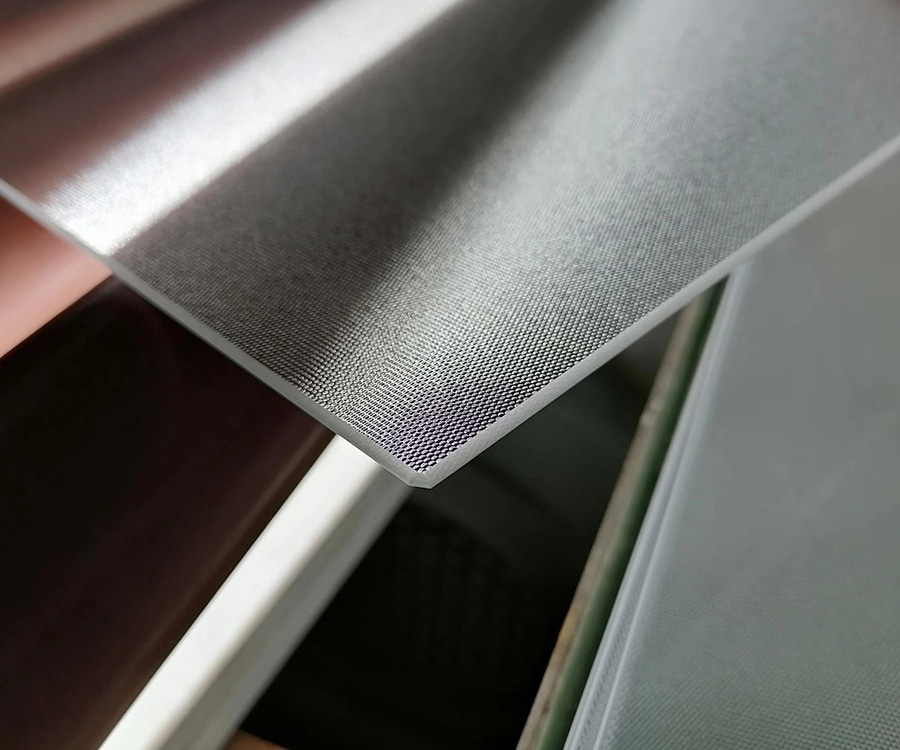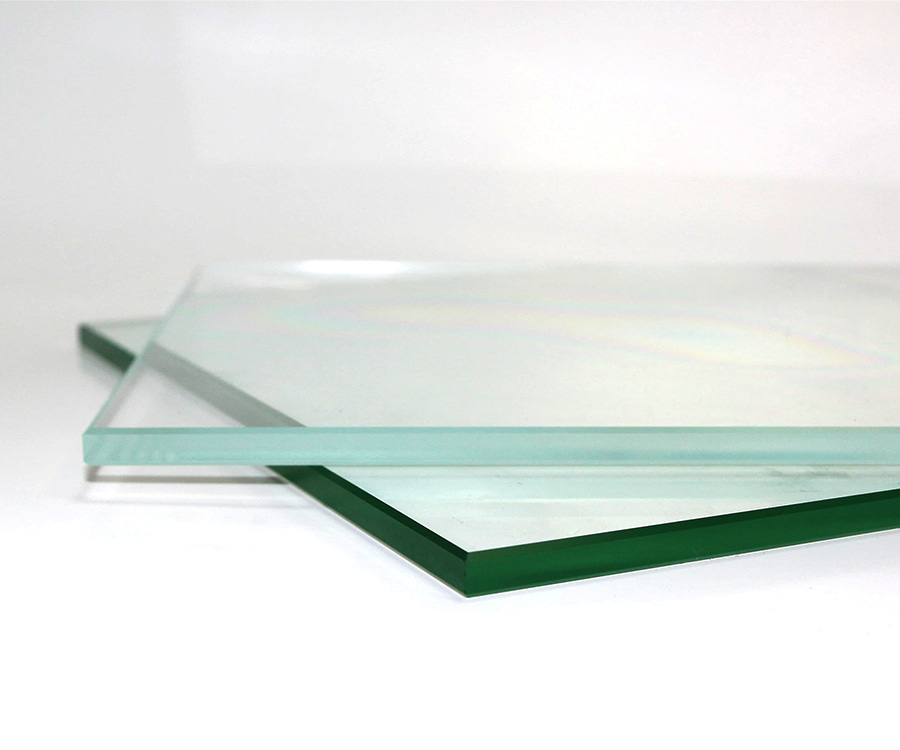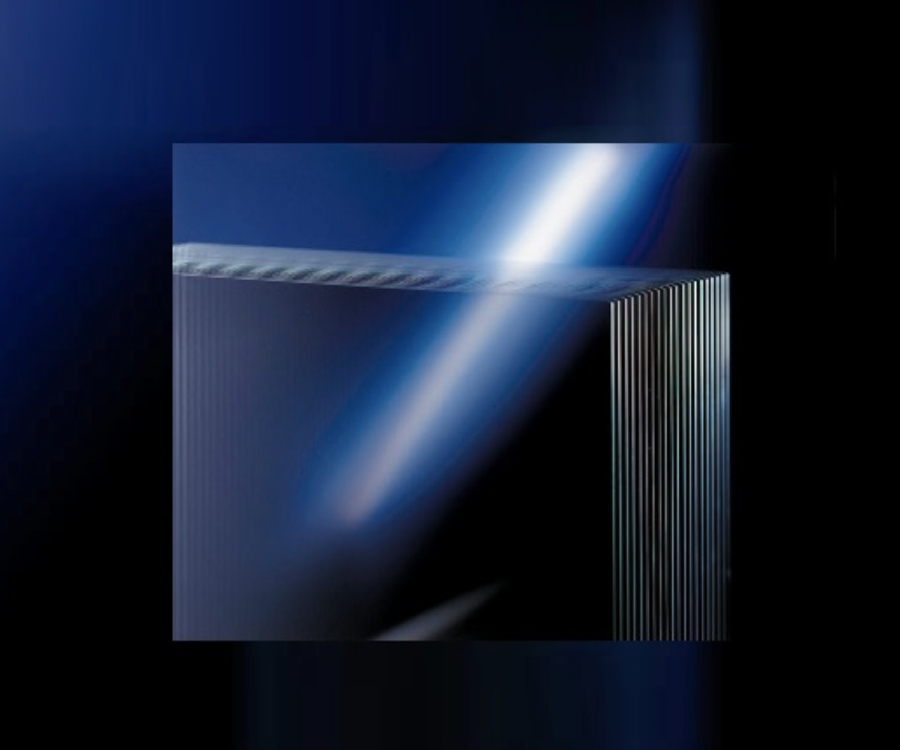An important feature of the TCO film of TCO solar glass is its high transparency, especially in the visible light band. This is because solar cells need as much light as possible to enter the cell to improve the photoelectric conversion efficiency. TCO film has good light transmittance, allowing most of the sunlight to pass through and reach the light absorbing layer of the solar cell. Transparency makes the TCO film a "window" layer of the solar cell, not blocking the entry of light, while providing the function of current collection.
The TCO film of TCO solar glass has good conductivity, which enables it to effectively convert the light energy absorbed by the solar cell into current. The TCO film can provide a low-resistance surface as a charge collection layer to guide the electrons or current generated by the solar cell from the light absorbing layer to the circuit. Conductivity is a key factor in ensuring the high efficiency of solar cells because it reduces the loss of current and improves the overall performance of the cell.
TCO film is usually used as the front electrode of the solar cell, which provides an interface for connection with the external circuit. Because the TCO film is both transparent and conductive, the light absorbing layer of the solar cell can be exposed to sunlight, and the TCO film can effectively collect and guide the electrons generated from the light absorbing layer to form current. In this way, the TCO film acts as a functional layer that allows light to enter and can collect and conduct current.
TCO films play an important role in improving the efficiency of solar cells, especially by improving the light absorption capacity of the light absorbing layer by reducing reflection and enhancing light transmittance. The phenomenon of light reflection or refraction in the TCO layer may cause energy losses, and a good TCO film can reduce these losses. It helps sunlight better penetrate the cell surface while effectively conducting current from the light absorbing layer.
TCO films are usually made of materials with good chemical stability, which can resist the negative impact of environmental factors on the performance of solar cells. Its durability and stability are extremely important in practical applications, especially in outdoor environments, which can extend the service life of solar cells.
The square resistance of TCO films is a key parameter and can usually be adjusted according to actual needs. By adjusting the thickness, doping level and preparation process of TCO films, the balance between its conductivity and transparency can be changed to optimize the performance of the cell. If the resistance of the TCO film is too high, it will lead to insufficient current collection and reduce efficiency; if the transparency is insufficient, it will affect the transmittance of light and also reduce efficiency. Therefore, the appropriate design of TCO films is key to ensure that solar cells maintain high efficiency under different operating conditions.











